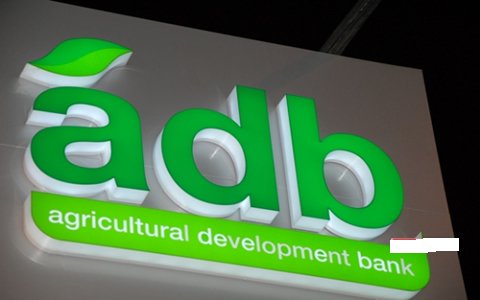ADB’s NPL Ratio Rises to Unsustainable Level of 70.1%
Loan asset quality of Agricultural Development Bank (ADB) within the Q3 2024 and Q3 2025 review period deteriorated as the bank’s non-performing loan ratio rose from 62.64% to 70.13% – more than three times the industry average of around 21%.
This is per the bank’s 2025 third quarter financial results. The 70.13% NPL ratio implies that for every GHS 1 loan given out, the bank fails to retrieve 70 pesewas of the loan given.
Per the financial statement, the bank recorded a notable increase in its total assets value by GHS 2.35 billion between the third quarter of 2024 and the same period in 2025. ADB’s total assets rose from GHS 13.8 billion in Q3 2024 to GHS 16.2 billion in Q3 2025.
The growth in assets was primarily driven by increases in cash and cash equivalents, as well as net investment securities, which stood at GHS 6.46 billion and GHS 6.44 billion respectively as of end-Q3 2025.
However, the bank’s loan portfolio contracted within the review period, with loans and advances to customers declining to GHS 2.36 billion from GHS 3.18 billion recorded a year earlier.
Liabilities during the same period increased from GHS 12.41 billion to GHS 14.66 billion, driven largely by higher customer deposits which rose to GHS 12.85 billion from GHS 11.14 billion in Q3 2024.
The difference between the bank’s total assets and liabilities places shareholders’ equity at GHS 1.56 billion as of end-September 2025.
Profit-after-tax improved significantly, rising to GHS 282 million at end-Q3 2025 from GHS 111 million recorded in the corresponding period of 2024. Despite this, earnings per share fell to 17 pesewas from GHS 8.04 last year, indicating possible share dilution or higher outstanding shares.
Meanwhile, the bank’s Capital Adequacy Ratio (CAR) — a key indicator of financial soundness — declined sharply to 0.49%, far below the Bank of Ghana’s regulatory minimum of 13%. This represents a substantial drop from the 8.26% recorded in Q3 2024, raising concerns about the bank’s capital buffers and risk exposure.
The steep rise in NPLs, coupled with the weak capital adequacy position, underscores the need for urgent recapitalisation efforts to strengthen the bank’s balance sheet and sustain operations in line with regulatory standards.








